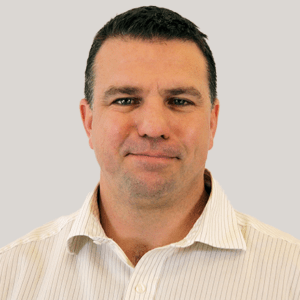In the midst of Super Bowl Week, we experience no shortage of hype in the media. (Probably more than you asked for, in most cases.) While reading various articles featuring the two head coaches, Belichick and Carroll, I was intrigued by their respective coaching philosophies. And though, I don’t believe Mazzetti is compensating employees to tackle 300lb offensive lineman or run a sub four forty, we are, as most companies, in the business of playing to win. And our playing field, most often, is in that interview room.
How does Super Bowl coaching strategy compare to that of project interviewing? I extracted the following five components that have surprisingly similar application.
1. Be Genuine
In football, or any sport for that matter, this applies both to the coach and players. The team must genuinely act as a unit. In the A/E world, you must know yourself and know your business. People really do read right through you if you are insincere or trying to be something you are not. The collective team must portray this same genuine quality. After all, we are working with people. More so than the visual appeal of your slide deck, it’s the connection you make that will be the impression you leave.
2. Be Positive
Nurturing strengths is infectious. Leading up to and during an interview, the client is interested in their project and only somewhat interested in you and your team. More than likely you already prequalified. So the focus now should shift to creating interest through good storytelling—highlight how your strengths will lead to positive outcomes for the project. Create excitement around these positive outcomes. Even the toughest questions can have a genuinely positive response (e.g. past project lessons learned). The positive mindset your team conveys in the interview can often be the difference in winning or losing those tight matches.
3. Be Competitive
Know your client. Know your competition. If you think you have done “enough” keep going…your competition will. Find ways to influence decision makers by using your differentiators. Thwart the competition by playing at a different level.
4. Prepare
“Separation is in the Preparation”
I feel this may be THE most important component. The hardest part of chasing a project is the preparation. Do your homework and make it worthwhile. Use your network of relationships to discover more about the other “players” involved. Who may have an influence on the final outcome? And who’s our competition?
Research the biggest challenges/opportunities and goals for the project. Physically visit the project site and pre-design solutions in your responses. Become an “expert” on the project and the project team.
And don’t discredit the visualization preparation for the big interview. Russell Wilson would agree.
5. Focus
Live in the moment. Chasing a project is actually a very small window of time. There will always be the challenge of distractions and balancing work on existing project. Keep in mind the people who will receive your proposal or witness your interview. What impression do you want to leave? Focus on that.
And since we do have a Seattle office, we’ll be joining the 12th Man and rooting for a repeat of the Seahawks come Sunday. Go Hawks!
Interested in what you see? Subscribe to receive monthly news and information
more tailored to what you need.

